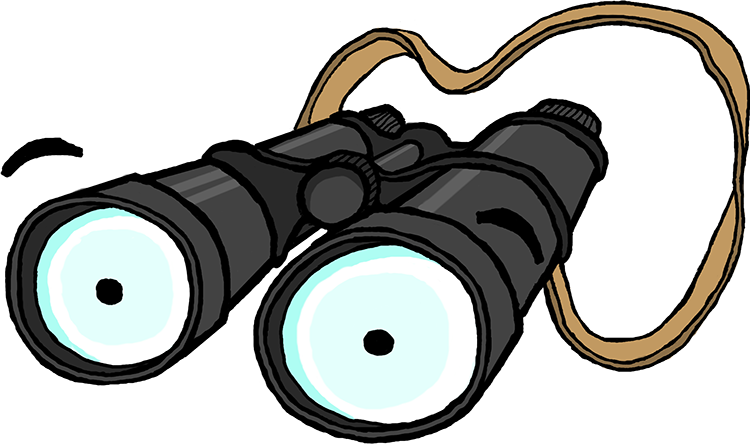Formation of the Wall
The border with West Germany was closed by the German Democratic Republic (GDR) in 1952 but the border between East and West in Berlin stayed open. Many people migrated to West Berlin for political, economic and personal reasons, and by 1961 at least four million people had left East Germany for life in the West. The GDR decided they had to do something to stop their population declining, so on the 13th August 1961 the governing Socialist Unity Party of Germany (SED) ordered the creation of a barrier made of barbed wire around West Berlin. This was completely unexpected to both East and West Berliners, and effectively separated families and neighbours overnight. Soon this developed into a fortified concrete wall.
The Wall was under surveillance and patrolled by armed guards at all times. If anyone was caught trying to escape they would be shot. Over time, further obstacles and fortifications were built to make it impossible to cross the Wall and evade capture. The Wall was 155 kilometres long and around 3.6 metres tall with a ‘Death Strip’ awaiting anyone that was able to climb over. The Death Strip was filled with obstacles and had a second wall to climb over for those that succeeded to climb the first. The walls were painted white so shadows could be more easily seen from the hundreds of watchtowers dotted along the Wall, and there were also guard dogs waiting for any potential escapees.
Although the Wall was nearly impossible to cross, this did not stop a number of East Berliners attempting to - sometimes with rather imaginative methods such as building a tunnel. Many escape attempts were unsuccessful. The Berlin Wall Memorial on Bernauer Strasse commemorates the victims that died and those who fought for the freedom and democracy that arrived in 1989.




